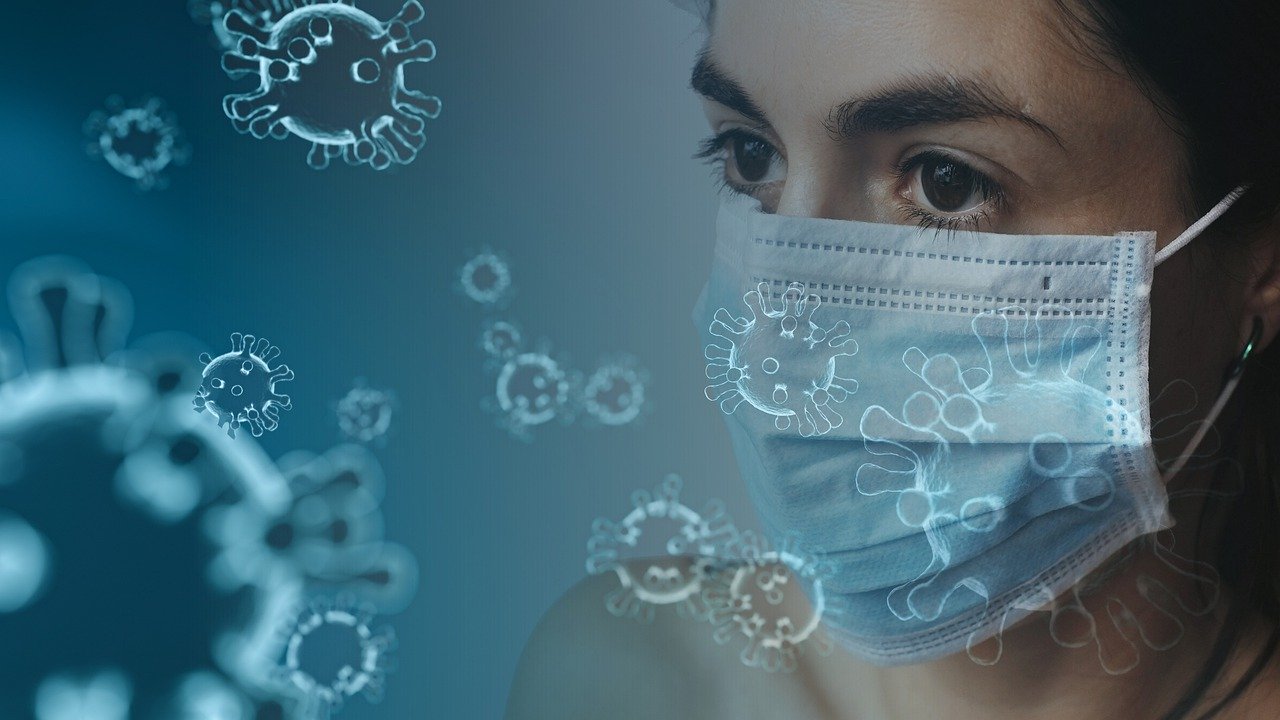Researchers found out that aerosols emitted by corona infected people can contain intact virus particles. So we should ventilate the room more often.
The danger of aerosol transmissions from the corona virus is probably greater than initially thought. As Professor André Prévôt of ETH Zurich explains in the “Tages-Anzeiger”, ventilation can be a very simple measure against this. The aerosol researcher even compares airing with washing hands or keeping your distance. He says: “It’s a pity not to take advantage of the opportunity.”
Prévôt calls for a ventilation strategy for all indoor spaces where many people spend time, such as offices, restaurants or schools. The researcher continues: “I have the impression that many people are aware that they have to keep their distance and wash their hands. But that ventilation is important is something that many people don’t realize because it has not been clearly communicated.”
But ventilation is not all the same. Especially in winter, a tilted window is not always enough. Prévôt: “In winter, you shouldn’t air continuously with tilted windows, but with many open windows from time to time.” Not only would the risk of corona infection decrease afterwards, but also the risk of suffering from other viral diseases would be minimized.
The German Federal Office for the Environment told that after every sneeze or cough, ventilation should be carried out immediately. The “Indoor Air Hygiene Commission” at UBA further recommends that schools should ventilate “intensively with windows wide open” during every break, at the latest after 45 minutes of class.
Prévôt also holds this opinion. “When sneezing or coughing, virus emissions are significantly higher than when breathing normally, so this tactic makes perfect sense. However, if someone has to cough or sneeze often, they should stay at home and get tested as fast as possible,” he says.
US researchers have confirmed in experiments that aerosols emitted by corona infected people can contain intact virus particles. This is confirmation that Sars-CoV-2 can probably also be transmitted via the tiny suspended particles that remain in the air for a long time. Maintaining a safety distance of one and a half or even two metres in rooms could therefore give a false sense of security, the study says.
The researchers led by John Lednicky from the University of Florida in Gainesville now examined samples of the ambient air from the surroundings of two Covid-19 patients in a hospital room. Even from samples taken at a distance of almost five meters from the patients, still active sars-CoV-2 particles were isolated, the researchers report.
Aerosols, these tiny droplets that we give off when we breathe out, consist mainly of water and are typically about a thousandth to a tenth of a millimeter in size. The water evaporates relatively quickly, the droplet shrinks.
At some point, what remains is a mixture of the virus and other components that do not evaporate as quickly, such as saliva. These particles remain in the air and spread throughout the room. You can compare aerosols with fine dust in the air. Indoors, it takes a very long time for such particles to land on the floor, which can take hours or even days.
- Hector Pascua with reports from News Agencies
This post has already been read 1435 times!



